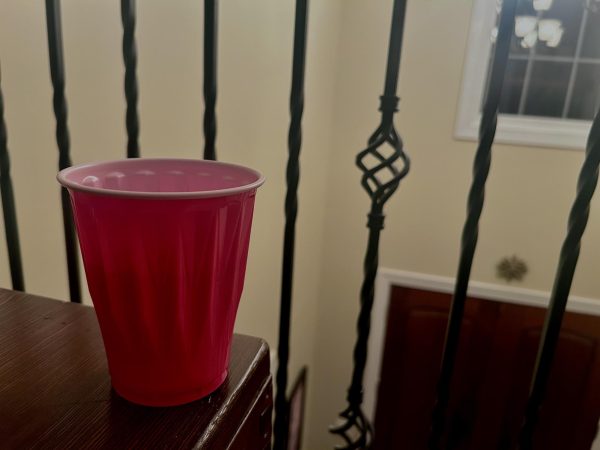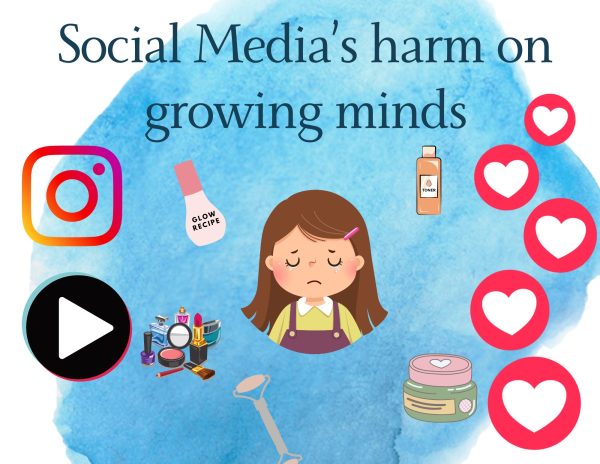Marine observatories exposed
The truth about captive killer whales in small waters.
Every year families flock to SeaWorld and other marine observatories and sit in awe of the orcas’ talents. However, these killer whales do not belong in captivity, and they pose dangers to their trainers and the community.
The show the trainers and their whales put on for audiences on a daily basis is quite entertaining, but have you ever wondered how those ginormous creatures swim in relatively shallow, concrete pools?
“At least 150 orcas have been taken into captivity from the wild since 1961,” according to the Whale and Dolphin Conservation. Out of those 150 whales, 127 have died. A 1995 study showed that the mortality rate for orcas living in captivity is 2.5 times higher than orcas living in the wild, according to USA Today. Orcas have been helpless victims of commercialized entertainment since 1961. Each one was torn from its family and held in captivity. Although most people do not see this as torture, morally, it is.
Blackfish, a documentary produced in 2013, exposed the horrible realities of SeaWorld. Blackfish brought awareness to the public regarding the negative effects of holding orcas in observatories; however, the issue has not diminished. The film showed the constant excuses that were made by SeaWorld employees, who blamed the trainers for accidents that were truly caused by the naturally aggressive behavior of the whales.
An increasing catalogue of accidents have been reported, including deaths and severe injuries. Unfortunately, a lot of incidents and general information about the orcas kept in captivity is unknown to the public and kept confidential for protection of the industry.
The biggest issue at hand, however, is the scant resemblance of the orca’s pools at the observatories to their natural habitats. Originating from the vast oceans of the Atlantic and Pacific, killer whales are known for being dangerous predators. When the only other ‘fish in the sea’ at SeaWorld is their trainers, they often become aggressive. In addition, they are forced to perform and entertain audiences, which is extremely unnatural for them, just as it is for elephants and other circus animals that have become sheer forms of entertainment.
Although SeaWorld has not captured an orca from the wild since 1985, they continue to breed the whales. Because the whales they are breeding already have naturally aggressive behavior, they are essentially breeding more aggressive animals. These wild whales that are bred in the vicinity of an observatory will never know their natural habitat in the vast oceans.
Luckily, the horrendous effects of holding orcas in captivity will soon be reversed. SeaWorld will stop breeding orca whales in captivity, according to The Guardian.
“The breeding program will end immediately, and the killer whales currently at its parks will be the last,” said Joel Manby, President and CEO of SeaWorld Entertainment Inc. to The Guardian.
The whales that are currently captive in a SeaWorld park will remain there for the remainder of their lives. If they were to be released into the wild, they would not survive because of their sheltered and dependent lives.
To many other animal activists, including myself, this news was happily welcomed. Hopefully other marine observatories can make the same changes SeaWorld has made, and halt the breeding and/or capturing of orcas.












